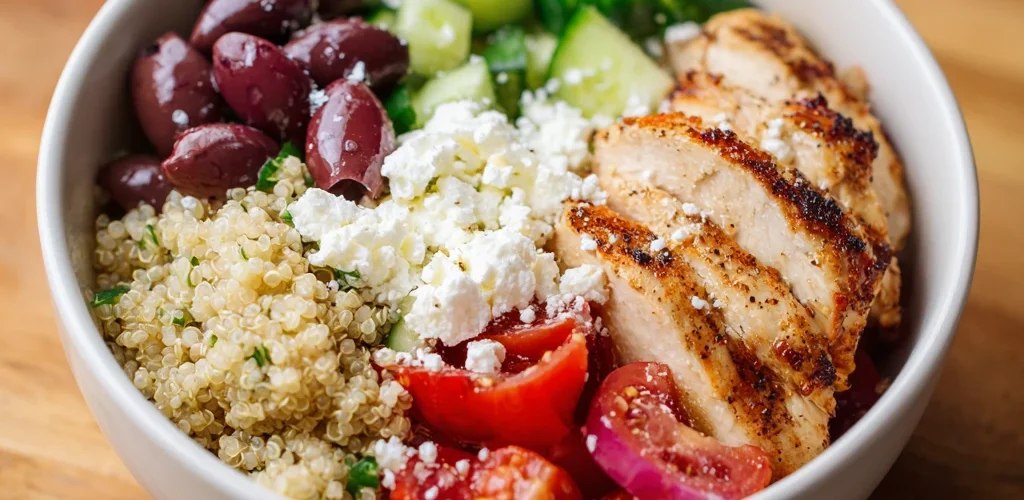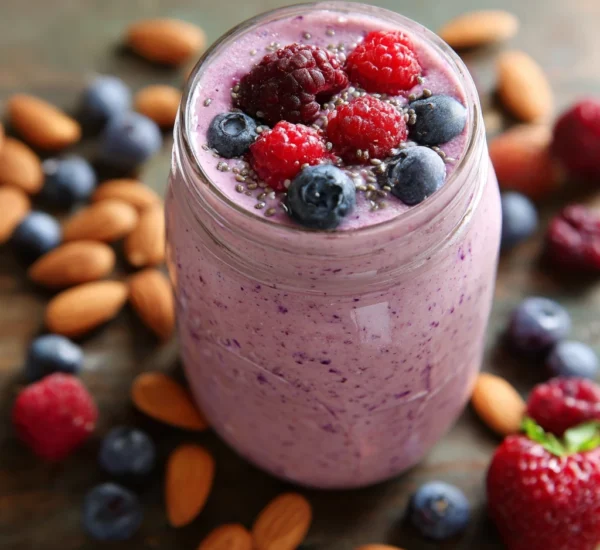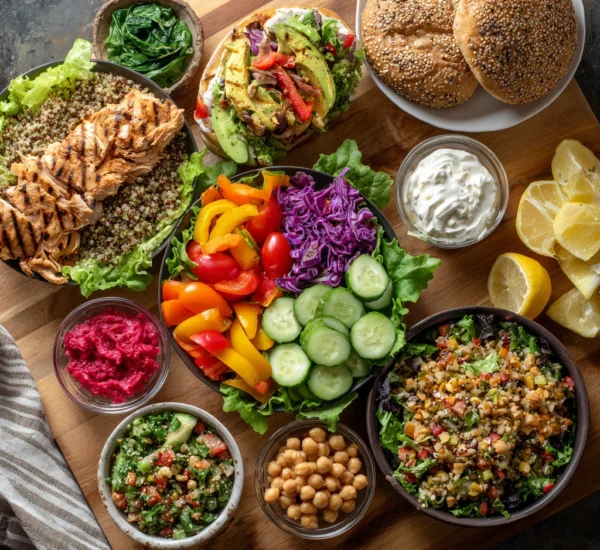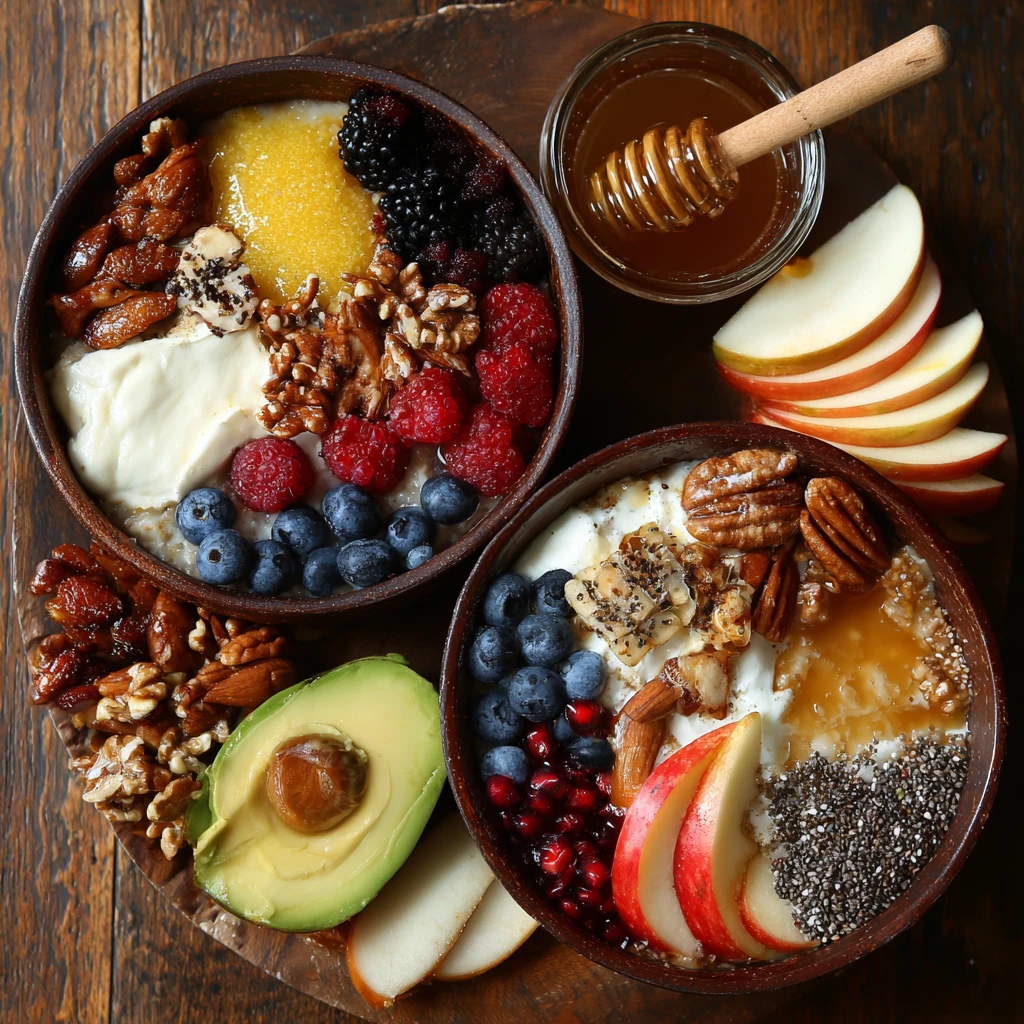Fueling Focus: Balanced Lunches for Peak Productivity
In today’s fast-paced world, maintaining productivity throughout the workday is paramount. While numerous factors contribute to peak performance, a well-balanced lunch is often overlooked. Skipping lunch or opting for unhealthy choices can lead to energy crashes, decreased concentration, and ultimately, reduced productivity. This article explores the importance of balanced lunches and provides practical ideas to help you fuel your focus and maintain optimal performance throughout the afternoon.
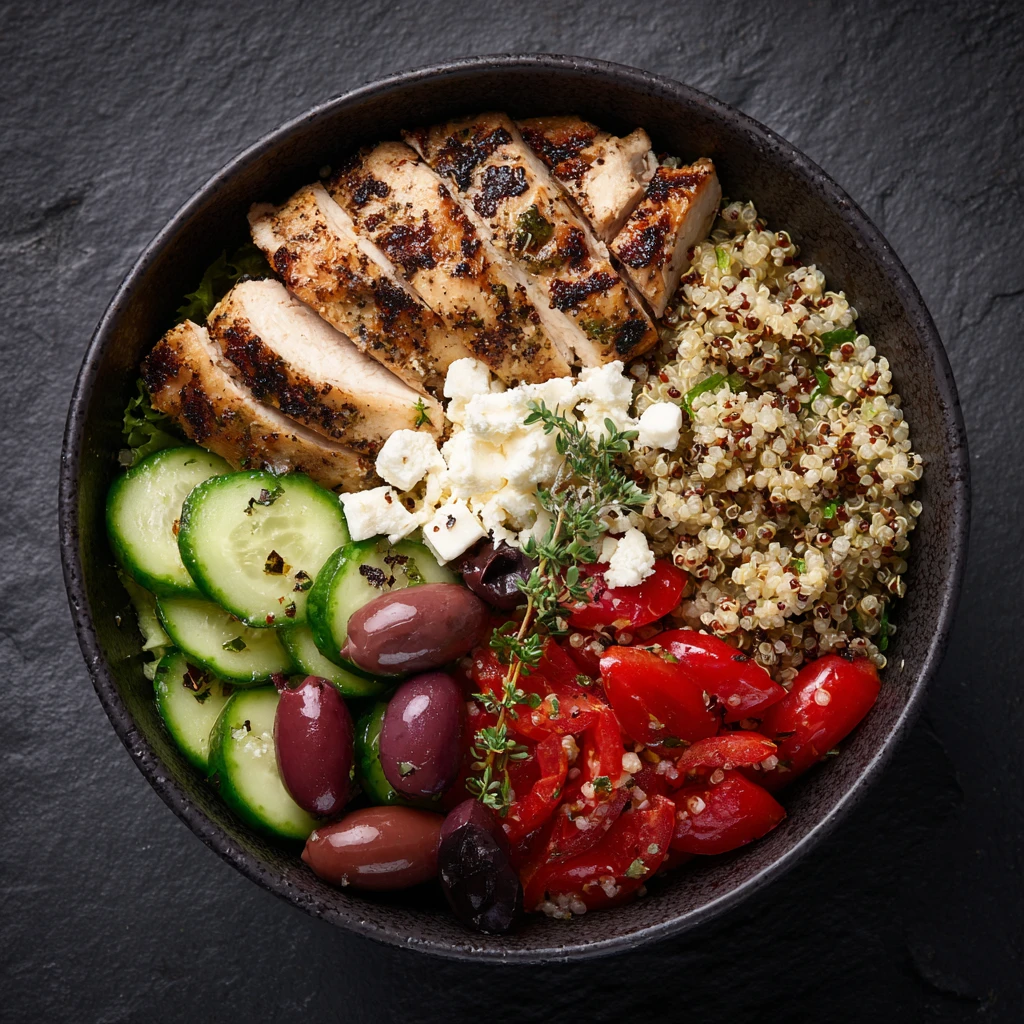
Why a Balanced Lunch Matters for Productivity
A balanced lunch is more than just a midday meal; it’s an investment in your cognitive function and overall well-being. The food you consume directly impacts your energy levels, mood, and ability to concentrate.
The Impact of Unhealthy Choices
Processed foods, sugary snacks, and heavy, greasy meals can lead to a rapid spike in blood sugar followed by a significant crash. This fluctuation can cause feelings of fatigue, irritability, and difficulty focusing. These “energy slumps” can significantly hinder productivity, leading to wasted time and reduced output. Furthermore, consistently poor dietary choices can contribute to long-term health problems, further impacting performance and overall quality of life.
The Benefits of Balanced Nutrition
A balanced lunch, on the other hand, provides a sustained release of energy, keeping blood sugar levels stable and preventing those dreaded afternoon crashes. By including a variety of nutrient-rich foods, you can fuel your brain and body, improving concentration, memory, and overall cognitive function. This translates directly into increased productivity, allowing you to tackle tasks with greater efficiency and clarity. Moreover, a healthy lunch can boost your mood and reduce stress levels, creating a more positive and productive work environment.
The Key Components of a Productive Lunch
Creating a balanced and productivity-boosting lunch doesn’t have to be complicated. Focus on incorporating these essential components:
Protein Power
Protein is crucial for sustained energy and satiety. It helps regulate blood sugar levels and provides the building blocks for neurotransmitters, which play a vital role in cognitive function. Excellent sources of protein include lean meats (chicken, turkey, fish), beans, lentils, tofu, eggs, and Greek yogurt. Aim for at least 20-30 grams of protein in your lunch.
Complex Carbohydrates: Sustained Energy Release
Unlike simple carbohydrates found in sugary drinks and processed snacks, complex carbohydrates provide a slow and steady release of energy. They are rich in fiber, which aids digestion and helps regulate blood sugar levels. Opt for whole grains like brown rice, quinoa, whole-wheat bread, and sweet potatoes. These options will keep you feeling full and energized for longer.
Healthy Fats: Brain Boosters
Healthy fats are essential for brain health and cognitive function. They provide the building blocks for brain cells and support nerve function. Incorporate sources of healthy fats like avocados, nuts, seeds, olive oil, and fatty fish (salmon, tuna) into your lunch. Remember that moderation is key, as fats are calorie-dense.
Fruits and Vegetables: Vitamin and Mineral Powerhouses
Fruits and vegetables are packed with vitamins, minerals, and antioxidants, which are essential for overall health and well-being. They also provide fiber, which contributes to satiety and digestive health. Aim to include a variety of colorful fruits and vegetables in your lunch, such as leafy greens, berries, bell peppers, carrots, and apples.
Simple and Delicious Lunch Ideas for Productivity
Now that you understand the key components of a balanced lunch, let’s explore some practical and delicious lunch ideas that you can easily incorporate into your daily routine:
Quick & Easy Options (300-400 words)
For busy professionals, time is often of the essence. These quick and easy lunch ideas require minimal preparation and are perfect for those on the go:
- Salad Power Bowl: Combine mixed greens with grilled chicken or chickpeas, quinoa, avocado, chopped vegetables (cucumber, tomatoes, bell peppers), and a light vinaigrette dressing.
- Whole-Wheat Wrap: Spread hummus on a whole-wheat wrap and fill it with sliced turkey or tofu, spinach, shredded carrots, and a sprinkle of feta cheese.
- Leftover Makeover: Transform last night's dinner into a delicious and nutritious lunch. Grilled chicken with roasted vegetables or lentil soup are excellent options.
- Greek Yogurt Parfait: Layer Greek yogurt with berries, granola, and a drizzle of honey for a quick and protein-packed lunch.
- Tuna Salad Sandwich (Healthy Version): Mix tuna with Greek yogurt instead of mayonnaise, celery, red onion, and a squeeze of lemon juice. Serve on whole-wheat bread.
These options prioritize convenience without compromising on nutritional value. They are easy to pack and transport, making them ideal for office lunches or busy days. Remember to adjust portion sizes to meet your individual caloric needs.
Meal Prep Power (400-500 words)
Meal prepping is an excellent strategy for ensuring you have healthy and balanced lunches readily available throughout the week. Dedicate a few hours on the weekend to prepare several meals in advance, saving you time and reducing the temptation to opt for unhealthy choices during the workweek.
- Chicken and Vegetable Stir-Fry: Prepare a large batch of stir-fried chicken or tofu with a variety of colorful vegetables (broccoli, carrots, bell peppers) and a light soy sauce-based sauce. Serve over brown rice or quinoa. Portion into individual containers for easy grab-and-go lunches.
- Lentil Soup: Lentil soup is a hearty and nutritious option that is packed with protein and fiber. Prepare a large pot of lentil soup with vegetables like carrots, celery, onions, and tomatoes. It's easy to portion and can be stored in the refrigerator for several days.
- Quinoa Salad: Cook a large batch of quinoa and combine it with chopped vegetables (cucumber, tomatoes, bell peppers), black beans, corn, and a cilantro-lime dressing. Add grilled chicken or tofu for extra protein.
- Mason Jar Salads: Layer salad ingredients in a mason jar, starting with the dressing at the bottom, followed by hard vegetables (carrots, cucumbers), protein (grilled chicken or chickpeas), grains (quinoa or brown rice), and leafy greens on top. This prevents the greens from getting soggy and keeps the salad fresh until lunchtime.
- Baked Salmon with Roasted Vegetables: Roast salmon fillets with a variety of colorful vegetables like broccoli, sweet potatoes, and Brussels sprouts. Portion into individual containers for a balanced and flavorful lunch.
These meal prep ideas are easily customizable to your preferences and dietary needs. By preparing your lunches in advance, you can ensure you have healthy and delicious options readily available, reducing the likelihood of making unhealthy choices and boosting your productivity.
Vegetarian & Vegan Options (300-400 words)
Vegetarian and vegan diets can also provide excellent sources of energy and nutrients for optimal productivity. These lunch ideas cater specifically to plant-based eaters:
- Tofu Scramble Wrap: Scramble tofu with vegetables like onions, peppers, and spinach. Season with turmeric for added flavor and anti-inflammatory benefits. Wrap in a whole-wheat tortilla for a quick and easy lunch.
- Black Bean Burgers: Prepare black bean burgers and serve them on whole-wheat buns with your favorite toppings, such as avocado, lettuce, tomato, and salsa.
- Lentil Curry: Lentil curry is a flavorful and nutritious option that is packed with protein and fiber. Serve with brown rice or quinoa.
- Vegan Buddha Bowl: Combine quinoa or brown rice with roasted vegetables (sweet potatoes, broccoli, Brussels sprouts), chickpeas or black beans, avocado, and a tahini dressing.
- Peanut Butter and Banana Sandwich (Healthy Version): Use natural peanut butter (without added sugar) and sliced banana on whole-wheat bread. This provides a good source of protein, healthy fats, and carbohydrates.
These vegetarian and vegan options are packed with plant-based protein, fiber, and essential nutrients, providing sustained energy and supporting optimal cognitive function. They are also environmentally friendly and contribute to a more sustainable lifestyle.
Tips for Maintaining Productivity Throughout the Afternoon (300-400 words)
While a balanced lunch is crucial, it’s also important to incorporate other strategies to maintain productivity throughout the afternoon:
Hydration is Key
Dehydration can lead to fatigue, headaches, and decreased concentration. Make sure to drink plenty of water throughout the day, especially after lunch. Keep a water bottle at your desk and refill it regularly. Consider adding lemon or cucumber slices to your water for added flavor.
Take Short Breaks
Sitting for prolonged periods can lead to fatigue and decreased productivity. Take short breaks every hour to stand up, stretch, and walk around. This can help improve circulation and boost energy levels.
Avoid Sugary Drinks and Snacks
Sugary drinks and snacks can provide a temporary energy boost, but they are followed by a significant crash, leading to fatigue and decreased concentration. Opt for healthier snacks like fruits, vegetables, nuts, or yogurt.
Get Some Sunlight
Exposure to sunlight can help regulate your body’s natural sleep-wake cycle and improve mood and energy levels. If possible, take your lunch break outside or sit near a window.
Practice Mindfulness
Mindfulness techniques, such as deep breathing or meditation, can help reduce stress and improve concentration. Take a few minutes during your lunch break to practice mindfulness and clear your mind.
By incorporating these strategies into your daily routine, you can maximize the benefits of a balanced lunch and maintain optimal productivity throughout the afternoon.
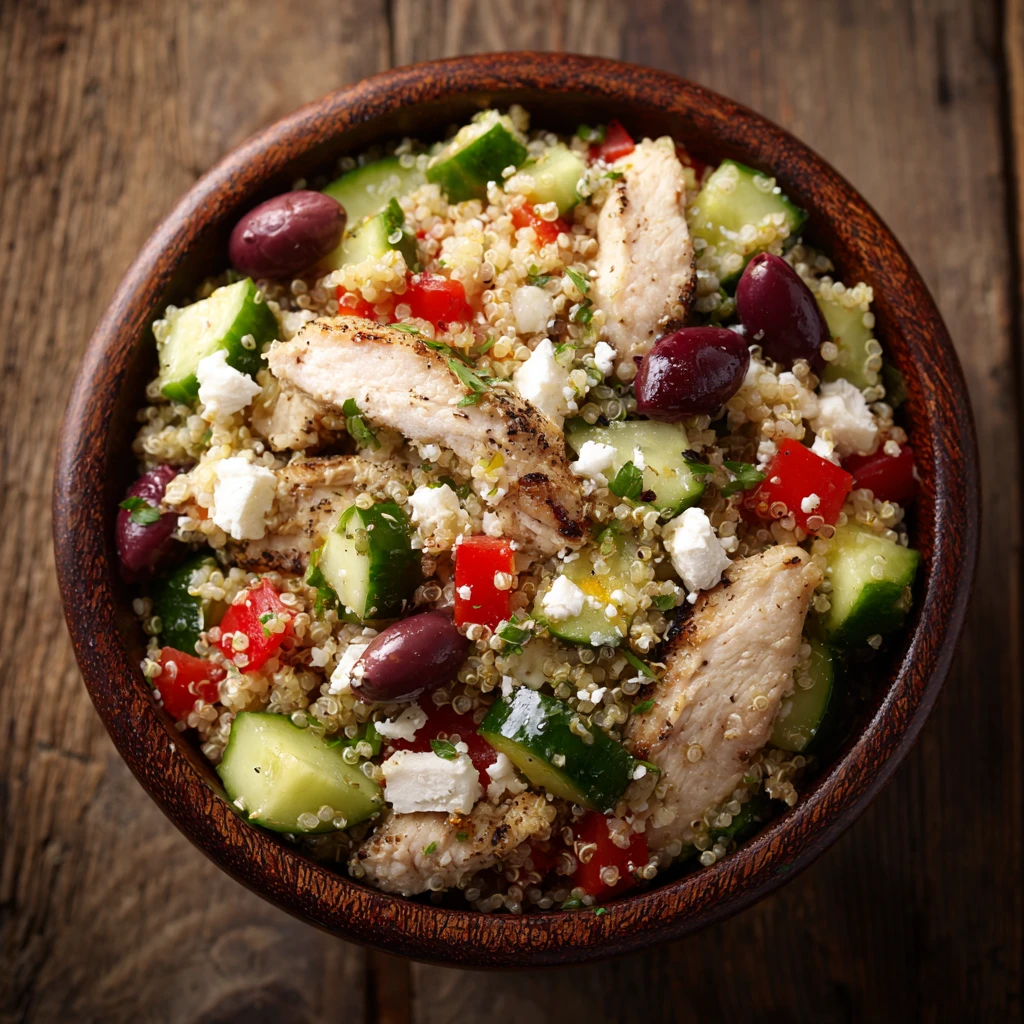
Frequently Asked Questions (FAQ)
What should I eat for lunch to stay productive?
Focus on a balanced meal containing protein, complex carbohydrates, healthy fats, and fruits/vegetables. Examples include salads with lean protein, whole-wheat wraps, or leftover dinners.
What are the best foods for brain power and focus?
Foods rich in omega-3 fatty acids (salmon, walnuts), antioxidants (berries, leafy greens), and complex carbohydrates (whole grains) are excellent for brain health and focus.
What foods cause brain fog and fatigue?
Processed foods, sugary snacks, and heavy, greasy meals can lead to blood sugar spikes and crashes, causing brain fog and fatigue.
How can I make healthy lunches quickly?
Meal prepping on the weekend can save time during the week. Utilize leftovers and opt for simple recipes that require minimal preparation.
Is it better to skip lunch if I'm busy?
Skipping lunch can lead to energy crashes and decreased productivity. It’s better to have a quick, healthy snack or meal than to skip lunch altogether.
